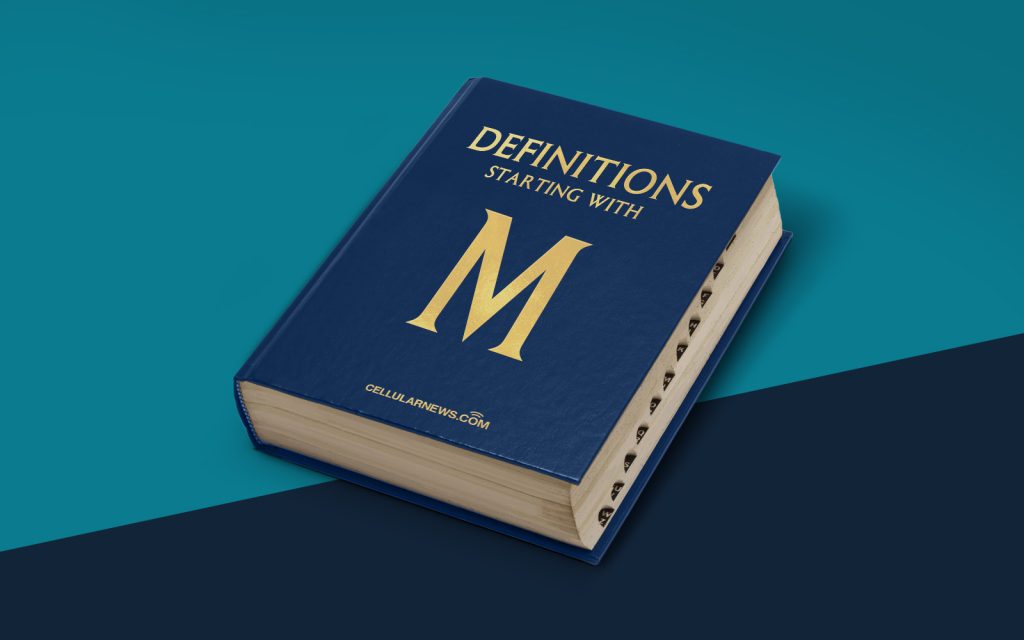
Understanding the Magic of Magnetic Stripe Readers
Have you ever wondered how your credit card or ID card magically transfers information to a machine? It’s all thanks to an incredible technology called a magnetic stripe reader. In this article, we’ll dive into the world of magnetic stripe readers, exploring what they are, how they work, and their various applications.
Key Takeaways
- Magnetic stripe readers are devices that can read and interpret the data stored on magnetic stripes.
- The data on a magnetic stripe is encoded using magnetic particles, which can be read by the reader using a magnetic head.
The Magic Behind Magnetic Stripe Readers
Magnetic stripe readers (MSRs) are clever devices that can read and interpret the data stored on magnetic stripes. These stripes are commonly found on the back of credit cards, ID cards, and even some driving licenses. But what exactly is a magnetic stripe, and how does it work?
At a first glance, the dark-colored stripe on your card may seem like a simple design, but it holds a wealth of information. The stripe is made up of tiny magnetic particles that are arranged in a pattern to represent data elements such as your card number, expiration date, and even your name.
So how does the magic happen? MSRs use a magnetic head to read the data encoded on the stripe. The head contains a coil of wire that creates a magnetic field. As you swipe your card through the reader, the magnetic particles on the stripe interact with this magnetic field, causing fluctuations in the electrical current in the coil.
These fluctuations are then converted into binary code, which can be read and interpreted by the MSR. It’s a fascinating process that allows the reader to quickly and accurately extract the information from the stripe.
Applications of Magnetic Stripe Readers
Now that we understand how magnetic stripe readers work, let’s explore some of their important applications:
- Payment Processing: Magnetic stripe readers are commonly used in retail stores, restaurants, and other businesses to process credit card payments. When you make a purchase, the MSR reads the information from your card’s magnetic stripe and sends it to the payment processor for verification.
- Access Control and Identification: Magnetic stripe readers are also used for access control and identification purposes. Many organizations, such as schools, hospitals, and corporate offices, use ID cards with magnetic stripes to grant access to restricted areas. The magnetic stripe reader scans the card and verifies the user’s identity before granting or denying access.
As technology advances, magnetic stripe readers are being replaced by more secure methods such as chip-and-pin cards and contactless payments. However, magnetic stripe readers still remain an essential part of many industries, providing a reliable and cost-effective solution for data transfer.
So the next time you swipe your card or scan your ID, take a moment to appreciate the technology behind it. Magnetic stripe readers may seem like magic, but they are, in fact, a fascinating example of the power of magnetic fields and data interpretation.
